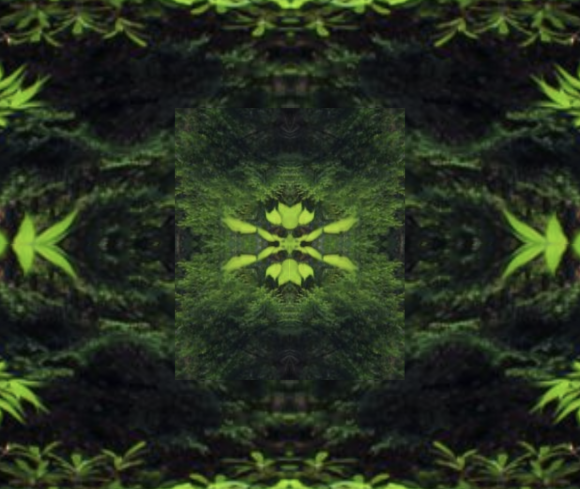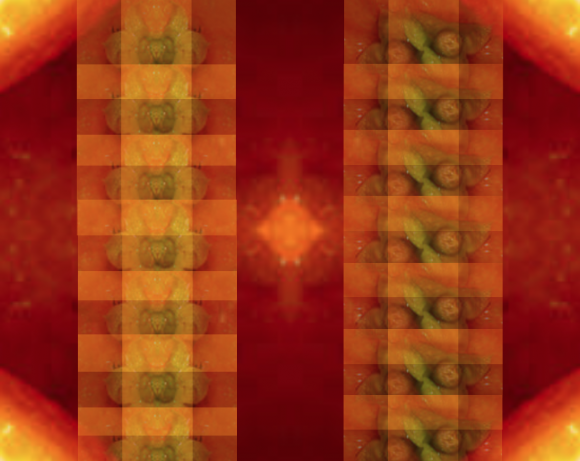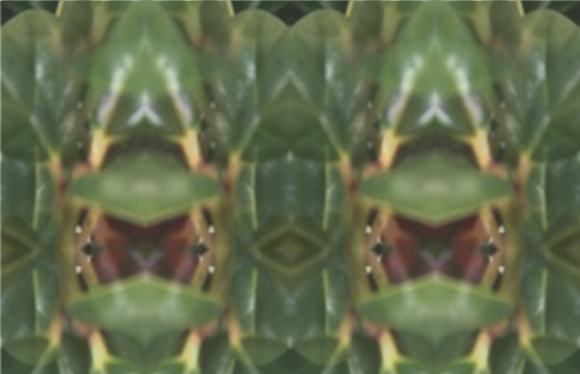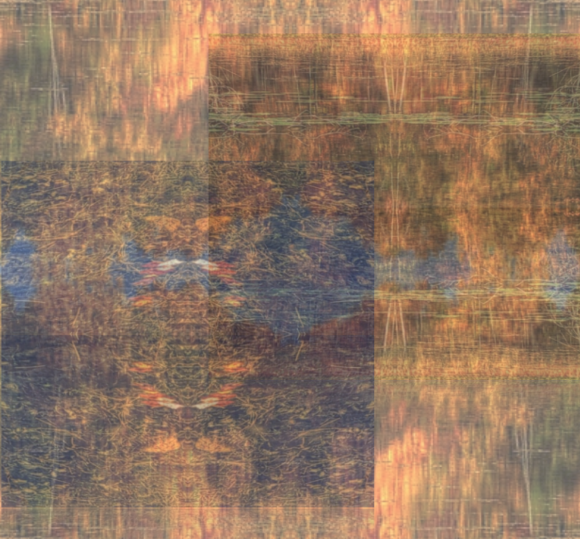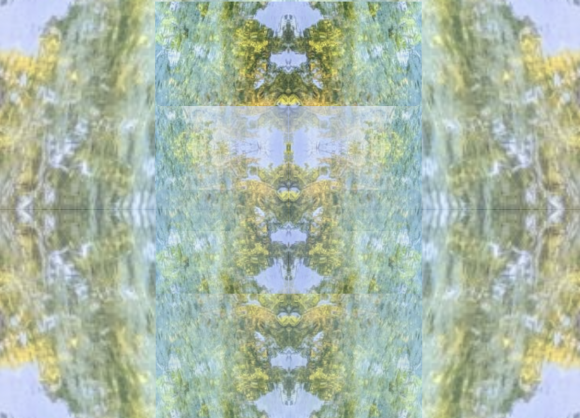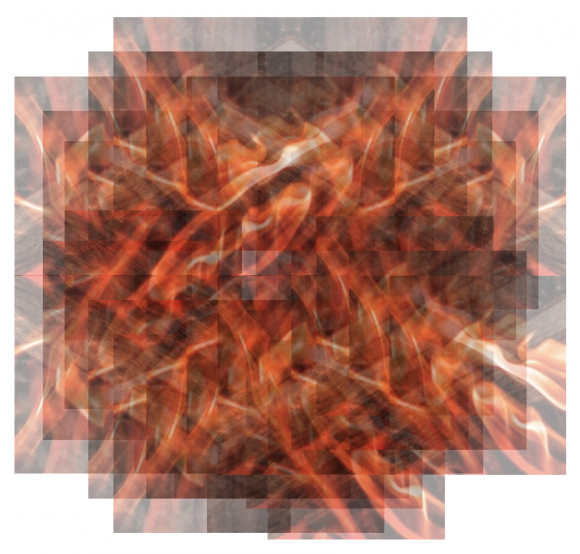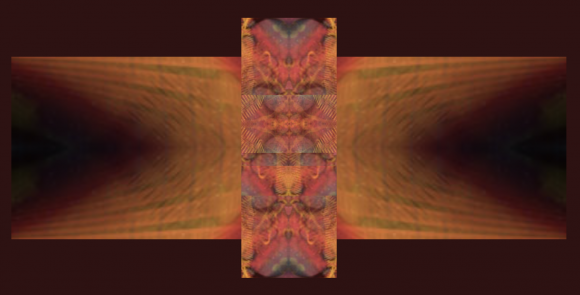
In my reflections on the language of “having” dreams (fantasies, creative spirit, etc.) I briefly gestured to a certain blind spot in Hillman’s account of how the ego should be “subjected” to the dream (or fantasy etc.) images. There are two interrelated points I made, though in a rather too quick and compressed fashion. So let’s unpack them a little more. We can see where the blind spot is when...


